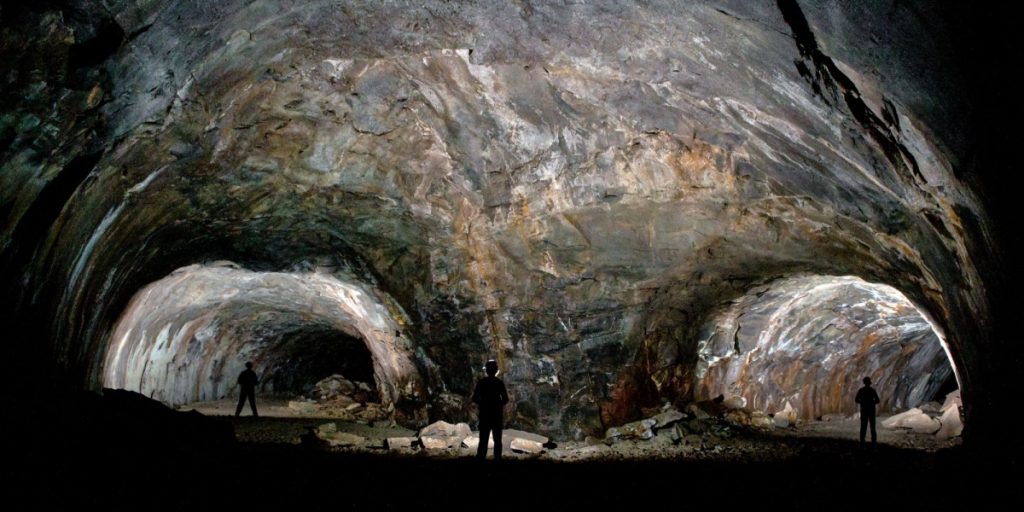A groundbreaking discovery in Laos could alter our understanding of early human migration.
Others are reading now
Deep within a cave in Laos, an international team of researchers has unearthed ancient bone fragments that may fundamentally change the timeline of human migration.
These findings suggest that Homo sapiens arrived in mainland Southeast Asia far earlier than the previously believed 50,000 years ago.
New Evidence Challenges Old Timelines
It was previously thought that modern humans first reached Southeast Asia about 50,000 years ago as they spread from Africa.
This new discovery, reported in the journal Nature Communications, suggests a much earlier arrival.
Also read
Researchers have dated the skull and tibia fragments found in the cave to be between 86,000 and 68,000 years old.
This implies that our ancestors may have reached Asia through the Arabian Peninsula much earlier than previously thought.
Identifying these bone fragments was not easy.
At first, they looked like stones, but their white color showed they were ancient human remains.
Dating the fossils was challenging because the cave is protected by Lao law and is a world heritage site, preventing direct dating of the bones. Additionally, there were very few animal bones and cave decorations to date, and they were too old for carbon-14 dating.
To solve this, researchers used luminescence dating.
This method measures the light absorbed and released by minerals in the surrounding sediment, providing a reliable age for the fossils. It is especially useful for dating older objects that carbon-14 dating cannot.
A New Chapter in Human History
These findings question the idea that human migration out of Africa happened in a single wave around 50,000 to 60,000 years ago.
Instead, the evidence suggests a more complex migration pattern with multiple waves or an earlier dispersal. However, researchers note that it is still unclear if these early migrants contributed to the gene pool of modern humans.
This discovery opens up new avenues for understanding human migration.
The earlier presence of Homo sapiens in Southeast Asia suggests that our ancestors were capable of reaching and adapting to diverse environments much sooner than previously thought.
This could lead to a reevaluation of how we understand the spread of modern humans across the globe.


